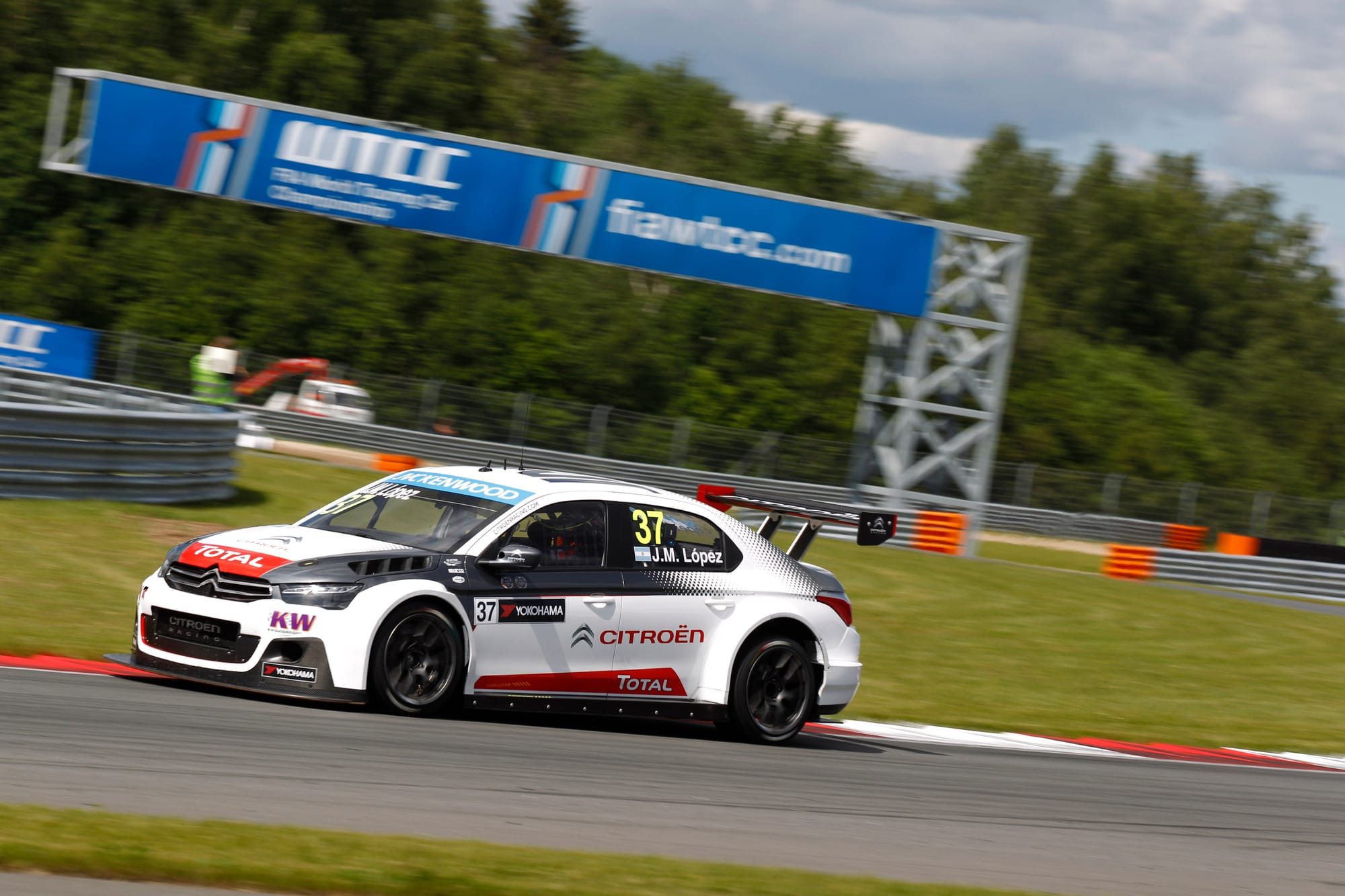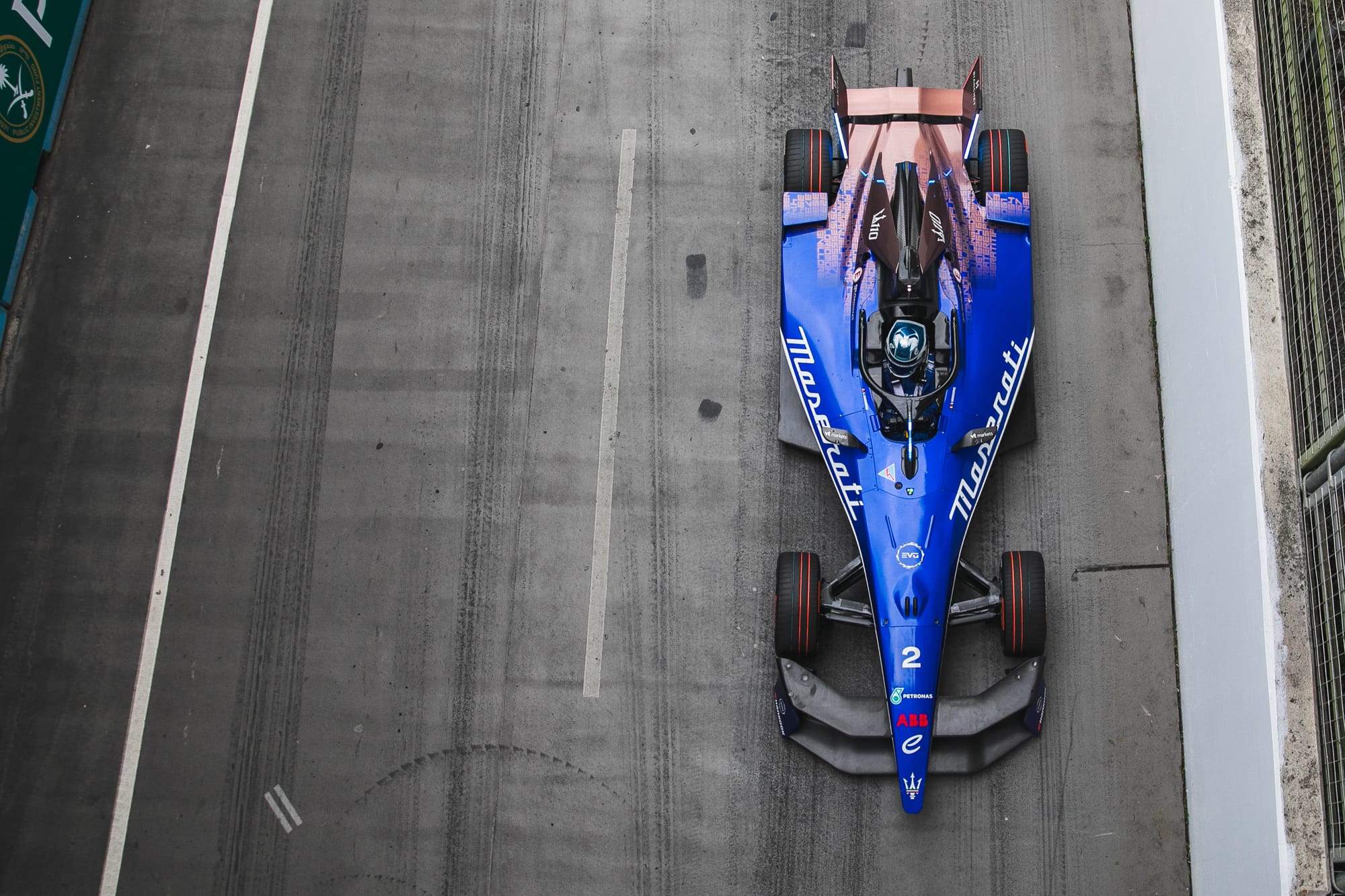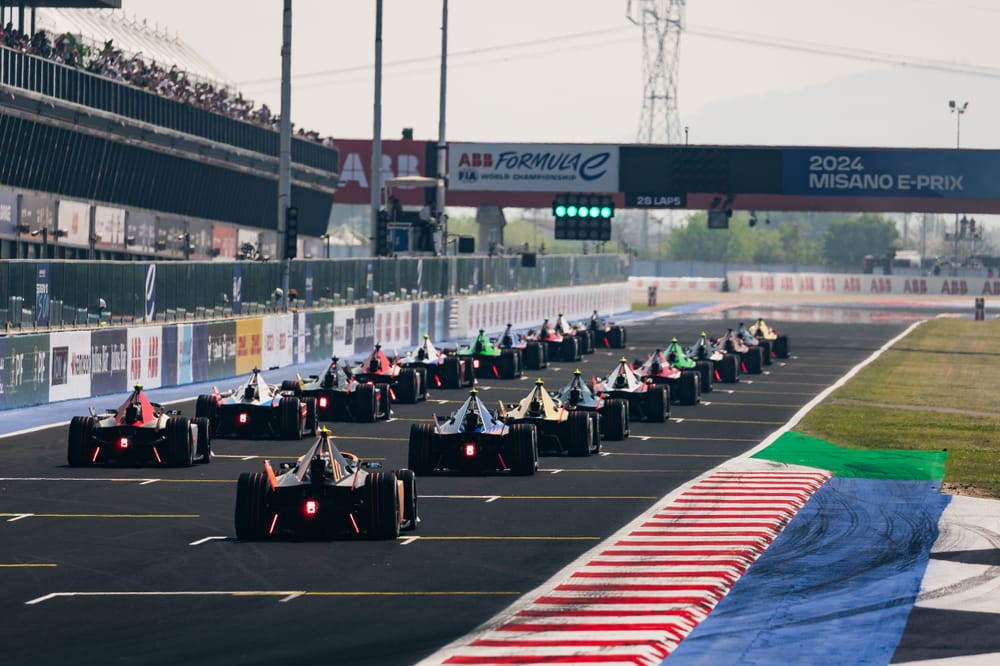Citroen has finally confirmed its joining Formula E today as it replaces Stellantis sibling brand Maserati at the MSG team.
Although its line-up is yet to be announced, as reported by The Race last month, Citroen will race with a bona fide superteam as Nick Cassidy and Jean-Eric Vergne will be in the hot seats come the Sao Paulo E-Prix in December.
So how did a brand with only the tiniest of footprints in single-seater racing get to become a world championship racing manufacturer for the first time since it left the World Rally Championship - where it had taken nine titles with Sebastien Loeb - in 2019?
Why Citroen?

Go to Stellantis Motorsport’s home in southern Paris at the Satory site which includes a full circuit and rally stage proving ground and you will get a lingering idea of Citroen’s credentials as a sporting brand.
In the reception area there resides a Citroen DS3 WRC car that Loeb once hurled imperiously around the world. It’s a reminder of a phenomenal period in the brand's history, by far its most successful on the world stage.
While Andre Citroen founded his eponymous brand in 1919, famously illuminating the Eiffel Tower with the still recognisable chevron branding, officially the sporting arm of Peugeot was founded in 1989 by noted racer and co-driver Guy Fréquelin. Prior to that the marque had been active in the 1960s within its rallying roots, mostly at the Monte Carlo season openers.
Later there was also success in rallycross with Jean-Luc Pailler (BX Xantia) and Kenneth Hansen (ZX) triumphing, the latter a remarkable 10 times in various categories with Citroën designs.

The other major global programme was the World Touring Car Championship where Jose-Maria Lopez took a hat-trick of titles between 2014 and 2016. Then there were the Dakar years in the 909s when Ari Vatanen and Pierre Lartigue triumphed.

Less well-known is a single obscure foray into single-seaters in the ‘60s and 70s with the X27 design, a final development of the Citroen-Panhard racecar initially produced from 1964 to 1975 - pictured above by Rebocar/Rene de Boer. It competed in the final years of Formule Bleue, which ended in 1975 with Roger Dubos being the most noted graduate who appeared to be heading for bigger things until he was killed in the 1973 Spa 24 Hours.
Half a century on Citroën is heading into Formula E and the reasoning for it beyond the sporting ambition is that all roadgoing Citroens have electric or part electric models. This year several models are being revealed including the recently launched Citroën C5 Aircross.
Stellantis decided to shake up its brand representation in Formula E ahead of the Gen4 era at the end of 2026 largely because the troubled Maserati brand was downscaling its electric products.
Why Maserati never worked

Maserati’s brief three-season Formula E odyssey should be filed under ‘good idea at the time’. The structure of its activity in that time never stacked up. It may have won a race in each of those seasons thanks to Maximilian Guenther in 2023 and 2024 and then Stoffel Vandoorne in Tokyo earlier this year, but its activity never felt fully committed or absorbed.
The fact that the business model to which it was wedded with MSG was fraught with commercial complexity - in the sense that Maserati brought little itself while the team felt commercially hamstrung by the deal from the off - did little to smooth the waters.
Then MSG went from walking wounded to critical list in the spring after a failed takeover actually meant its midfield position was actually something of a wonder considering the scale of its difficulties, which included its overall control returning to the promoter Formula E Operations.
That was, and still is to some extent, a messy episode, and also one which compromised the possibility of the McLaren licence being acquired by anyone else too.
Additionally, with DS ensconced with Penske until the end of the final Gen3 season, Stellantis took the view that a season of familiarity with MSG, which is still looking for investors but now has some stability via Stellantis at least, was a sensible route.
The future of DS isn’t completely clear in Formula E but the presumption is that the maximum it can hope for is with a ‘third-way’ customer team hook-up in Gen4. With Opel believed to be coming in under its own licence for Gen4, DS feels like a brand that may be phased out of Formula E after a decade that has brought much in the way of success, mainly with Virgin Racing (now Envision) and the now defunct Techeetah operation.
Can Citroën win immediately?
Citroën will use exactly the same hardware as DS Penske this coming season and will race via MSG, the same team that Maserati won with on three occasions.
But while the team will have one of the most decorated driver combinations on the grid – Cassidy and Vergne - it will be a brave call to rate either of them as title challengers in 2026.
The MSG team is behind its manufacturer counterparts in terms of engineering resources and technical capabilities. That is why there is a strong presumption that phasing out the present Monaco base in favour of a move to Satory is likely for the Gen4 period. For now Cassidy will reduce his step-count this season as he saunters the half a mile from his home to the MSG offices.
While that will be efficient and convenient Cassidy and Vergne will know there will be a big element of rebuilding to be done at the team if it is to get into shape for Gen4 - for which both drivers will be critical for development of the new car.
That is when Cassidy and Vergne, who knows the Stellantis Gen3 cars inside and out after racing them for the last three seasons, should be considered for title cracks, not now.



